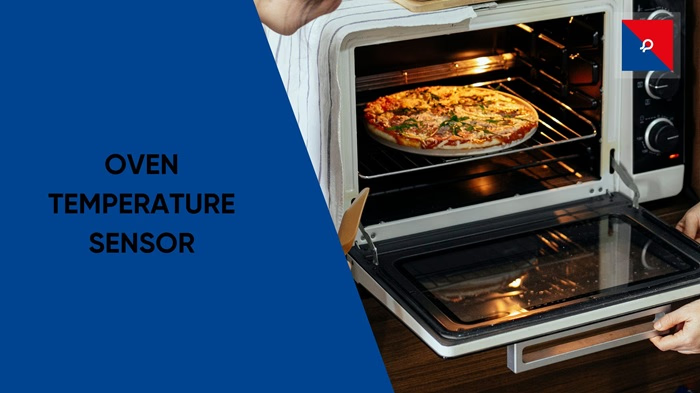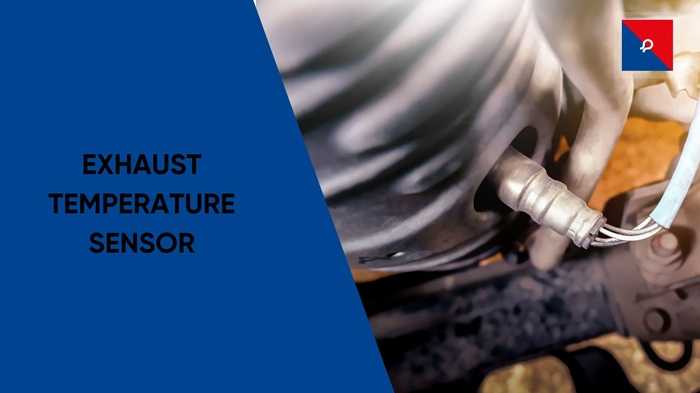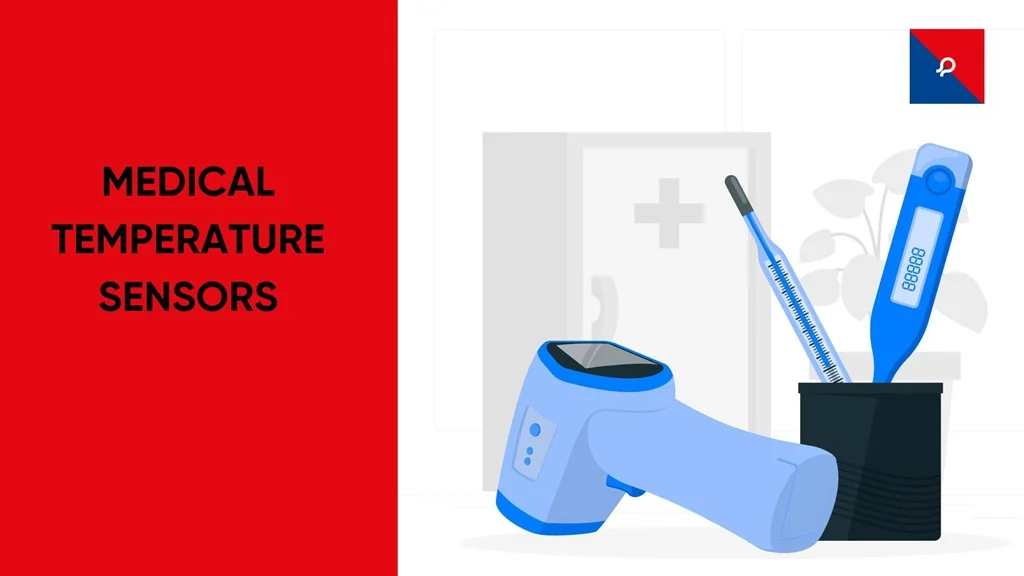
Burnt Biscuits? Blame the Sensor – The Hot Truth About Your Oven’s Temperature Troubles
Burnt Biscuits? Blame the Sensor – The Hot Truth About Your Oven’s Temperature Troubles

Well, your cookies turn out half-baked on the inside and toasted to a crisp on the outside? Or is your lasagna either warm or done to volcano standards? Your oven may be getting a message in there… and it has nothing to do with your cooking ability (we assure you). What might be the culprit behind this mess? Your oven temperature sensor.
Let's plunge into the sizzling realm of oven temperature sensors (without scorching our fingers).
What Is an Oven Temperature Sensor?
Think of it like the oven's internal thermometer. The oven temperature sensor keeps an ear on the inside temperature and reports back to the control board what's happening. If your oven requires additional heating up or cooling off (literally), the sensor reports that information so the oven can make adjustments. Not bad for a small metal stick, right?
The majority of contemporary electric ovens employ a resistance temperature detector (RTD), whose resistance varies with changing temperature. As the oven heats up, the resistance rises, and the control board ensures the heating element acts accordingly.
Why Is It Important?
Imagine trying to bake without knowing the oven temperature. It would be like driving with your eyes closed and hoping for the best. The sensor helps maintain consistent heat, which is vital for baking, roasting, and not ruining dinner.
If your sensor is off, it might lead to:
- Overcooked or undercooked food
- Error codes on the control panel
- The oven is not heating at all.
- Inconsistent temperature swings
- Your recipes suffer, your mood sours, and pizza night is ruined. No one wants that.
How to Know If Your Oven Temperature Sensor Is Bad
Here are some signs your sensor might be acting up:
- Your oven preheats forever, but never quite gets there.
- Food is cooking too quickly or too slowly.
- You keep getting temperature-related error codes.
- You’ve calibrated the oven, replaced the bake element, and nothing's worked.
Sound familiar? It might be time to test or replace that temperature sensor.
How to Test Your Oven Temperature Sensor (Like a Pro)
Step 1: Unplug the oven. Safety first. We want to test the sensor, not ourselves.
Step 2: Locate the sensor. It’s usually a thin metal rod on the back wall inside the oven.
Step 3: Remove the sensor. Unscrew it carefully and gently pull it out, don’t yank!
Step 4: Use a multimeter. Set it to ohms and check the sensor's resistance. At room temperature (around 70°F or 21°C), it should read about 1100 ohms. A significantly different reading means it’s time to say goodbye.
Step 5: Replace if needed. Thankfully, it’s one of the easier oven parts to swap out. Just make sure you get the right model for your oven.
Can I Still Use the Oven If the Sensor’s Broken?
Technically, yes, but only if you enjoy culinary roulette. One moment your casserole is raw, the next it’s charcoal. Long story short: fix it for the sake of your sanity (and your dinner).
Maintenance Tips for Oven Temperature Sensors:
- Don’t spray cleaner directly on the sensor.
- Avoid bumping or scraping it while cleaning.
- Check and clean it gently every few months.
Remember, sensors don’t wear out like oven mittens, but grease buildup or damage can cause them to fail prematurely.
A Quick Note on Gas Ovens
Yes, gas ovens have temperature sensors too! They work similarly by sending temperature signals to the control board or thermostat. So, if your gas oven feels moody, it might be sensor-related, too.
JR Sensors: Precision You Can Trust, Performance You Can Count On
JR Sensors is a trusted name in precision sensing solutions, delivering top-quality temperature sensors for automotive, medical, industrial, and home appliance applications. Known for innovation and reliability, JR Sensors ensures optimal performance, safety, and efficiency across sectors. Whether it's monitoring engine heat or ensuring accurate readings in medical equipment, their sensors are built to perform. With customer-focused service and cutting-edge technology, JR Sensors is where quality meets consistency.
The Bottom Line
Your oven's temperature sensor is the unheralded hero of every perfectly browned cookie and moist Sunday roast. It goes about its business in the background, keeping an eye on the heat so your oven doesn't transform dinner into a catastrophe. When dishes begin emerging undercooked, burnt, or ominously a little bit of both, it's simple to blame the recipe or yourself. But don't fault your cooking abilities too severely! More often than not, it's that little sensor quietly disrupting the entire process. A bad sensor can wreak havoc on temperature regulation, destroying your food and your temper. So the next time the oven is misbehaving, keep in mind that this small component may be yelling for a replacement.
Frequently Asked Questions
1. How long do oven temperature sensors last?
2. Can I replace the oven sensor myself?
3. Are all oven temperature sensors the same?
4. My oven heats up, but won’t maintain a temperature. Is it the sensor?

Burnt Biscuits? Blame the Sensor – The Hot Truth About Your Oven’s Temperature Troubles
If your oven’s cooking like it’s got a mind of its own, your temperature sensor might be the silent saboteur. From half-baked casseroles to scorched cookies, we break down how this little sensor works, why it matters, and how to fix it—without losing your cool (or your dinner). A fun, practical guide that’s just as useful as it is digestible.

Hot Stuff: Why Your Engine Can’t Live Without an Exhaust Temperature Sensor
Think exhaust sensors are just another car part? Think again. These tiny guardians track fiery exhaust temps, protect turbos, keep emissions in check—and even help you pass that dreaded test. Dive into the witty, down-to-earth guide on how EGT sensors silently save your engine (and your wallet) every day. Bonus: You’ll sound like a car guru by the end.

Tiny Tech, Big Impact: Inside the World of Medical Temperature Sensors
Discover how medical temperature sensors work, why they're crucial in healthcare, and how health sensors are transforming modern medical diagnostics. From wearable tech to high-precision devices, learn about the different types of temperature sensor medical devices used today.